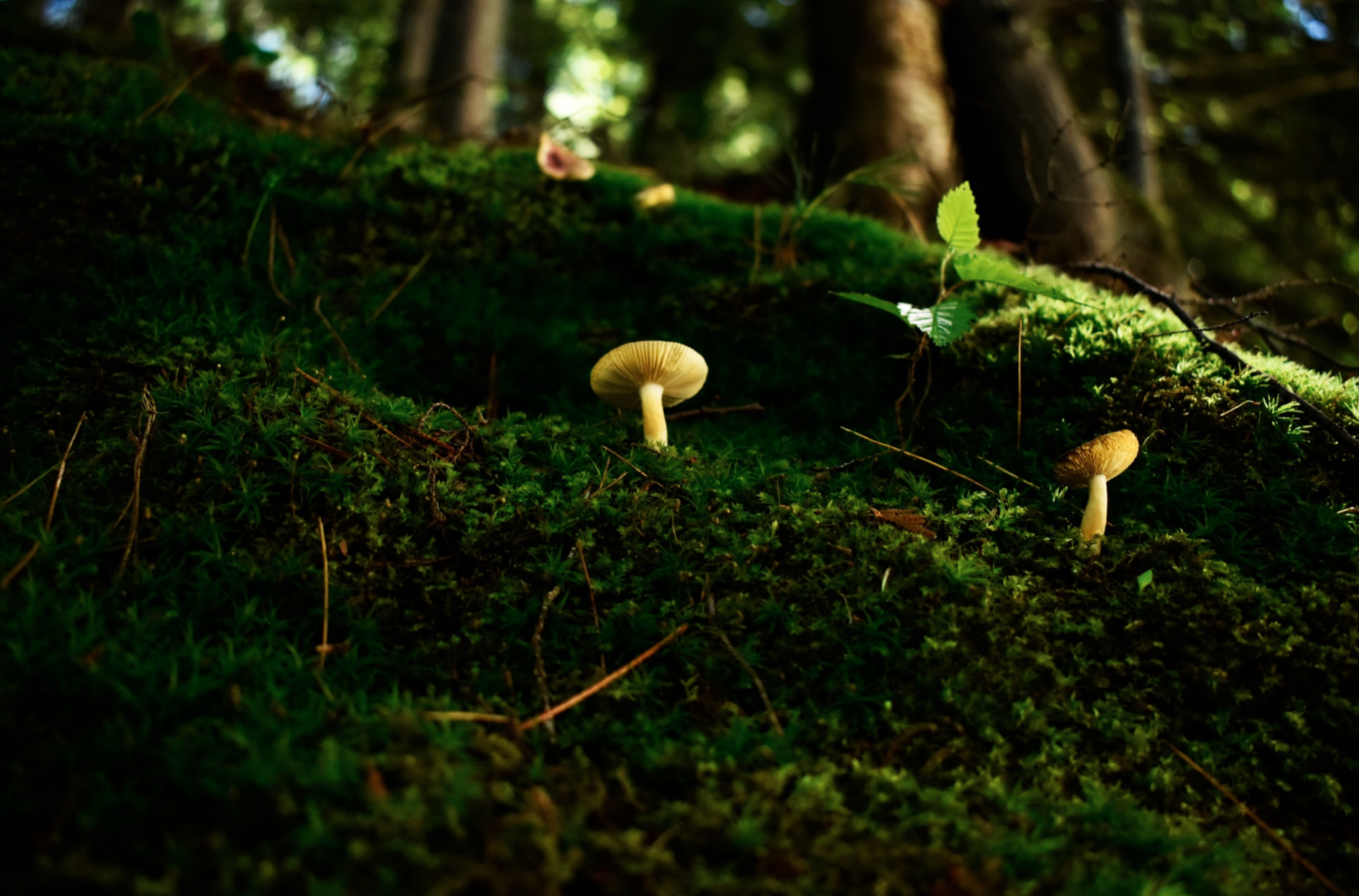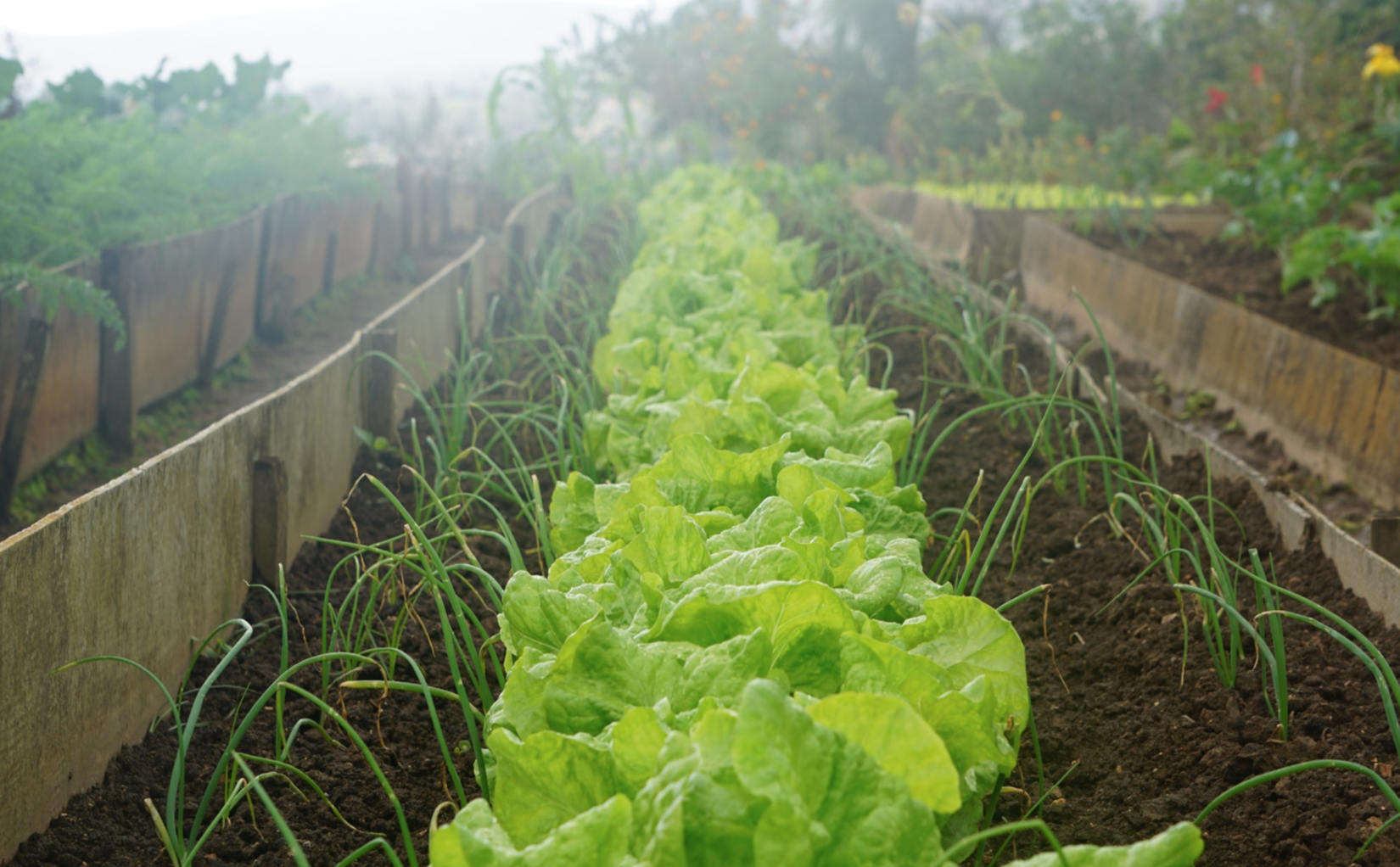Have you ever imagined yourself foraging for food? Now more than ever, Americans are realizing that food doesn’t have to come from packages shipped across vast distances. These transformative times have encouraged us to look for solutions closer to home and create a more sustainable lifestyle.
What goes into the manufacture, packaging and marketing of our food? Are there pesticides sprayed on our fruits and vegetables? How well were laborers who worked long hours to gather our food treated? Under what conditions were cows, pigs and chickens forced to live and how were they killed? What poisons are in the fish we eat?
The more we know, the more control of our diet and overall health we gain. Foraging a/k/a pick your own is an important tool in taking back control of your food life again!
Where To Go Foraging This Year
The Terra Guide To Foraging Around the Country
Foraging is making a comeback as a healthy shift in consciousness, and there’s no better time than right now! American adventurer Rob Greenfield can get you started with this excellent primer…
Renew Your Connection To The Earth
Greenfield’s video shows us how to look around and renew our connection to our natural surroundings. After decades of dependence on processed food, this is not an easy transition!
“For most of us, our food comes from the supermarket. Beyond that, we don’t know much about it or the far-off lands that it comes from. Today I am here to help you realize that food is growing freely and abundantly all around you, you just have to open your eyes and look at the land in a different way.”
Rob Greenfield
No matter where you live in the United States, you can enjoy the foraging season.
From fungi to herbs, nature’s bounty is available around the country. Here are a few ideas of places to visit for foraging trips based on region.
Foraging For Mushrooms
Many people get introduced to foraging through mushrooms. Fungi is abundant around the country, and easy to spot. Still, you need a good guide as you take your journey.
The popular writer known as The Wondersmith has been advising people about foraging for years. She’s familiar with the fear that keeps people from taking the journey, but doesn’t think that should stop you. She writes:
“That fear is good; it’s true that misidentifying something you consume could lead to illness or worse. That said, foraging is a hobby like any other, and like any other, it takes learning and practice. You wouldn’t go down a steep rocky grade your first time learning to ride a bike, right? Start small and safe, and then build on it.”
The Wondersmith
Have a healthy respect for the plants and fungi in your world, but don’t be intimidated!
Americans are realizing that food doesn’t have to come from packages…. look for solutions closer to home and create a more sustainable lifestyle.
Fungi thrive in environments with lots of moisture, and there’s nowhere damper than the Pacific Northwest.
Many of these cities are full of mushroom lovers, and you could probably find a foraging tour guide who will show you some secret spots.
Here are a few cities to get you started in the Pacific Northeast
For Midwestern readers, check out Edible Wild Mushrooms by Teresa Marrone, the coauthor of Mushrooms of the Upper Midwest.
For New England readers, just consult the Mushroom Calendar over at New Edibles.
Foraging For Ramps
The YouTube forager Average Iowa Guy has created a popular guide to foraging for ramps, or wild leeks.
Deliciously stinky, ramps are a native type of wild leek. They are a versatile ingredient that you can toss into pretty much any dish, and they pack a big nutritional punch.
Here are two places with particularly great ramp harvests.
Monongahela National Forest, West Virginia
Foraging for Pawpaws
The foraging expert Plant-Based Gabriel has some great tips for finding Pawpaw, a great and forgotten native fruit tree of North America.
With a flavor that combines mango, citrus, and banana, foragers have recently clued into this delightful shrub. It grows primarily in the southeastern United States near rivers where the soil is rich.
You can discover Southern Pawpaws with these links:
Foraging For Pecans
Expert forager Catch N Cook California shared some advice about foraging for pecans in California.
Pecans are quite expensive if you buy them from the store. But if you live in the Midwest, you might be able to harvest your own for free.
You can also find more in Shawnee, Oklahoma
Foraging for Herbs
“There are a great many tasty wild green vegetables to be foraged,” said Atomic Shrimp, a veteran forager who shared techniques and a recipe for a delicious herb pie.
People around the country can go foraging for herbs, and California is a particularly great place to start.
Though foraging is restricted in national parks in California, there’s no better place to forage for herbs. Get yourself a permit and you can responsibly harvest herbs like sage, fireweed, chickweed, wild sorrel, and more.
Foraging Guidelines
Remember, responsible foraging for food means only taking what you need. Never harvest more than 10% of a given area. Make sure you refresh your identification skills ahead of time so you don’t accidentally harvest the wrong plant. When it comes to mushrooms, forage with an experienced guide until you become an expert in fungi identification.
Finally, ensure that you’re following local regulations when it comes to foraging on public land. In some places, you need a permit. Keep in mind that responsible harvesting is also respectful to indigenous peoples, who protected the land long before you arrived to forage. You are now ready to go foraging for food!
Happy foraging!









